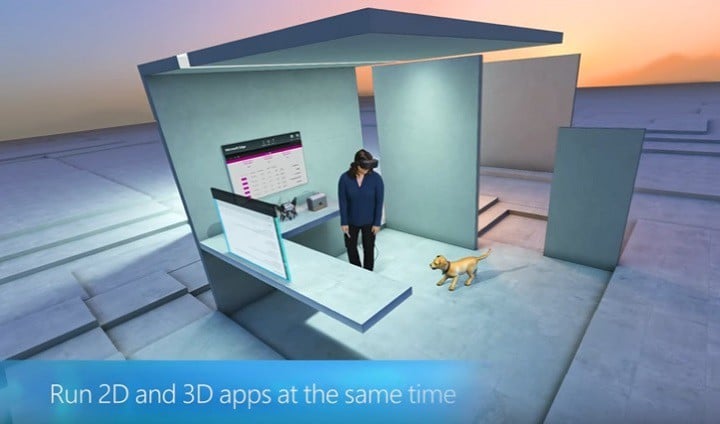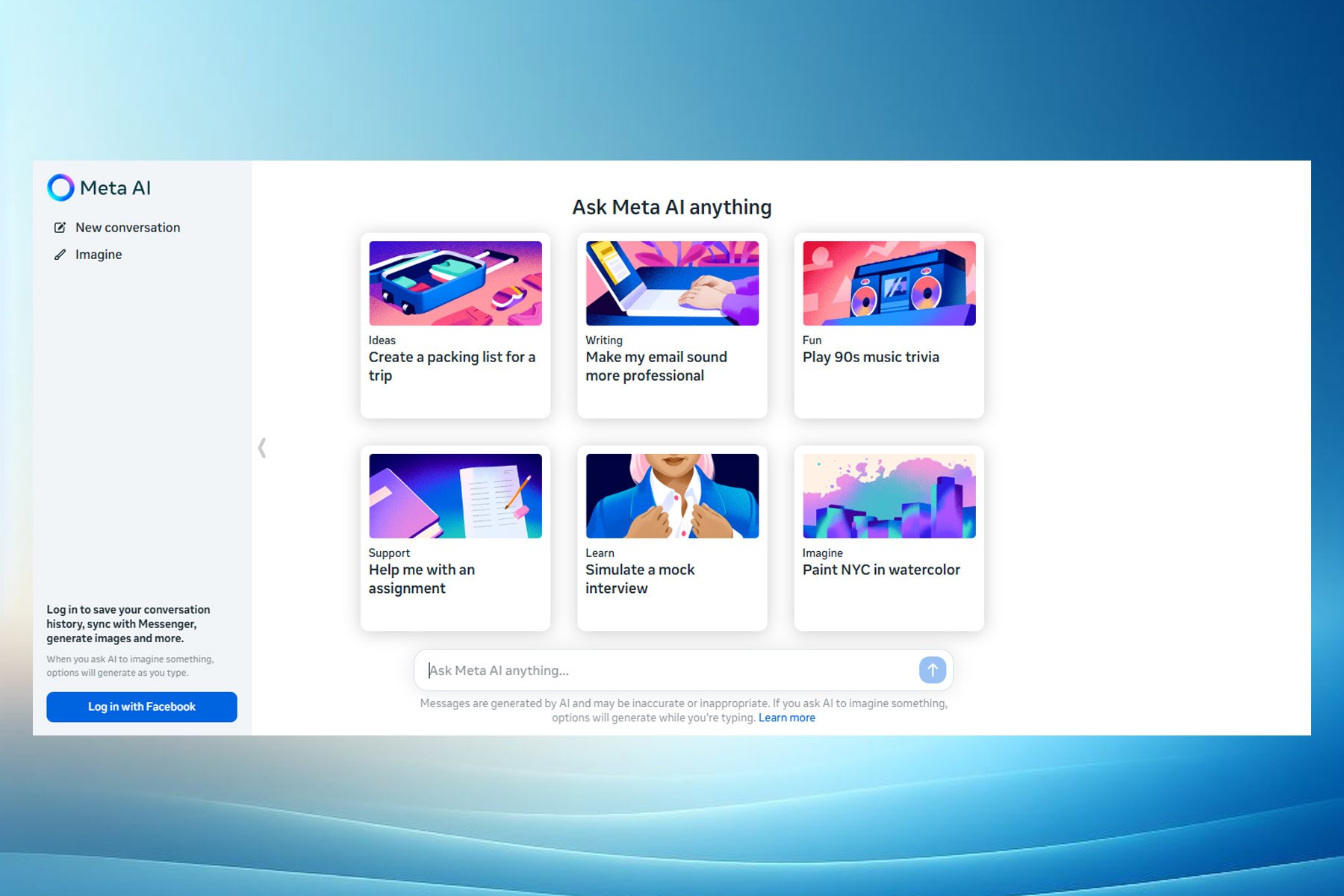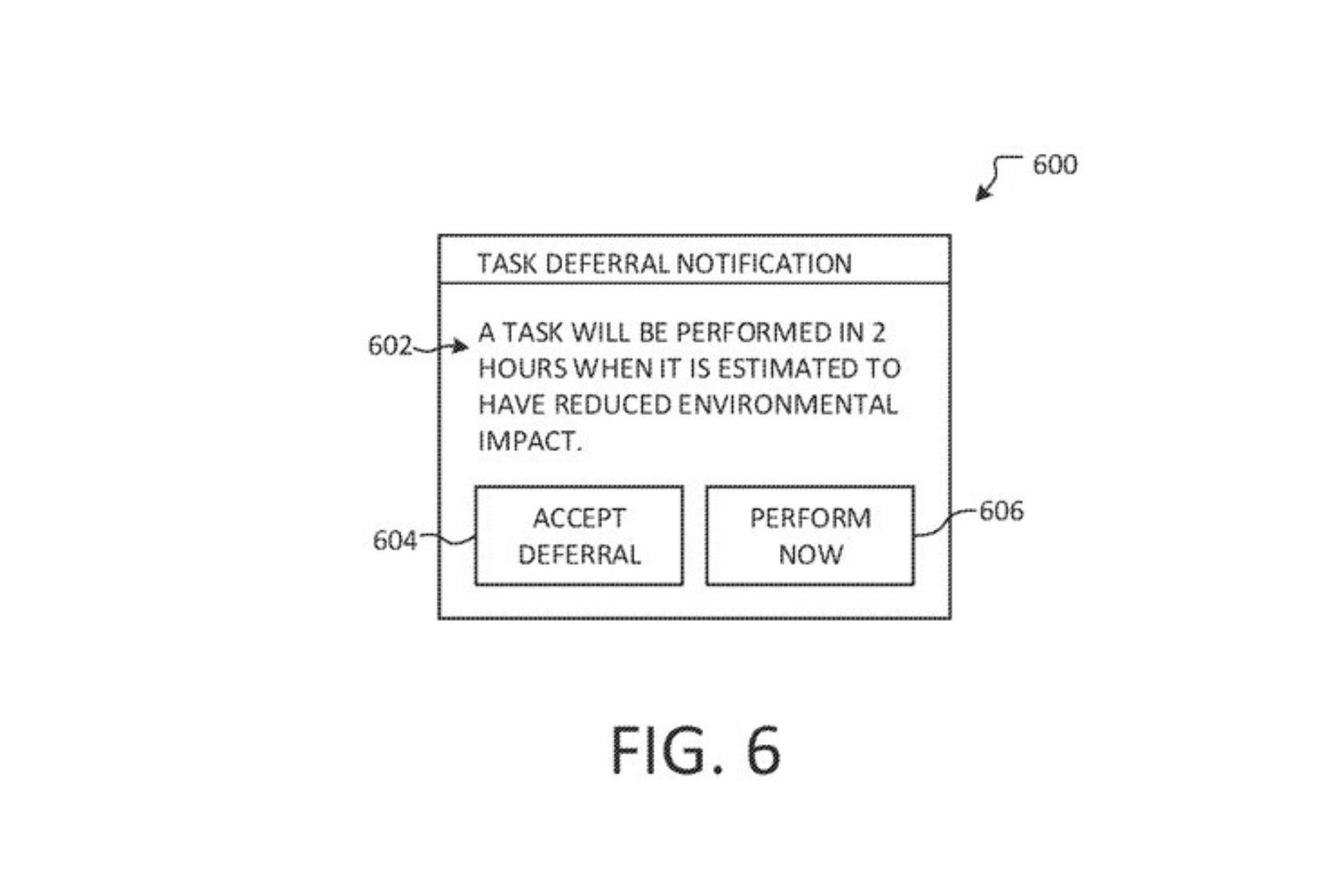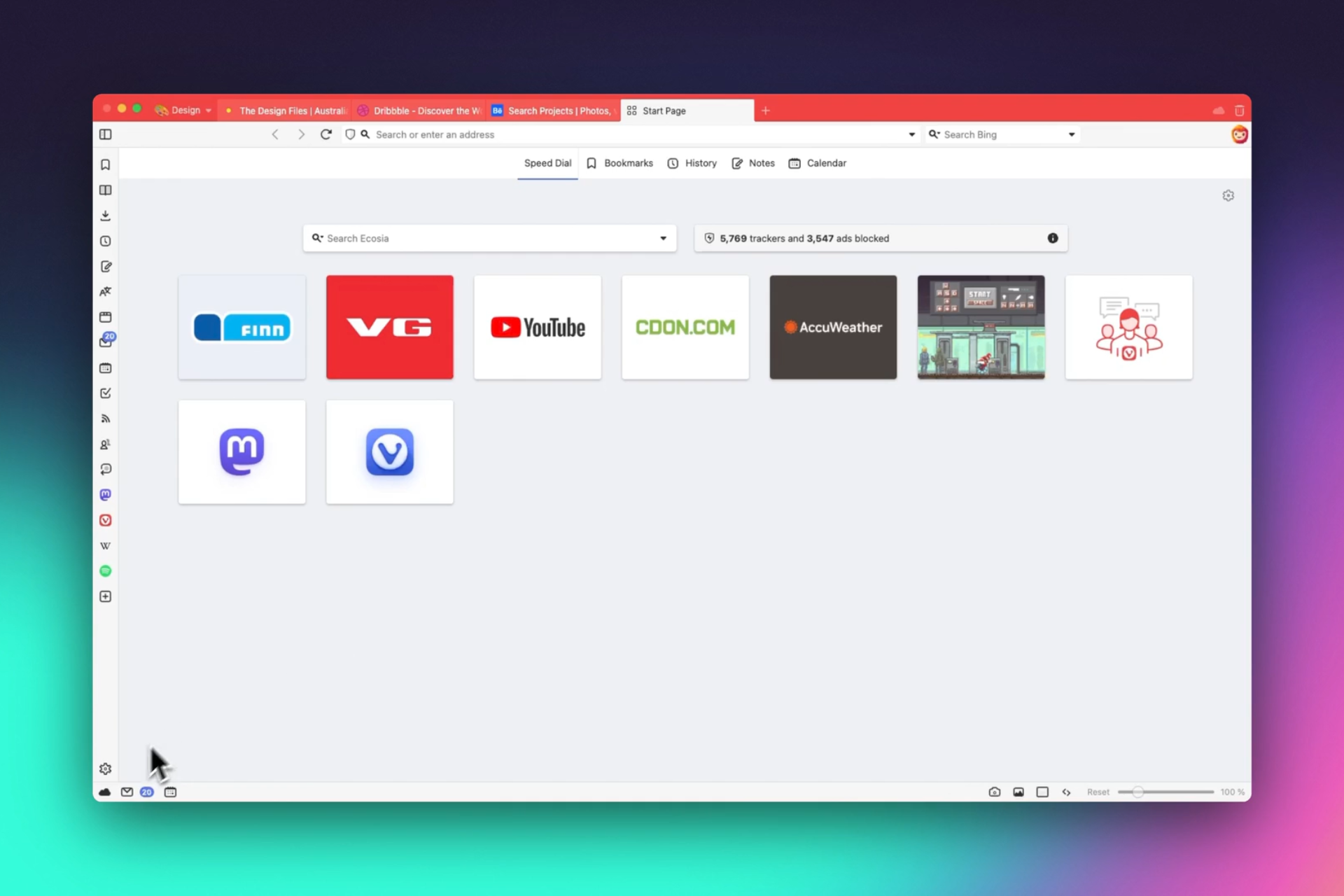Microsoft could be looking to integrate VR directly into Windows 10
4 min. read
Published on
Read our disclosure page to find out how can you help Windows Report sustain the editorial team Read more

The latest Windows 10 build introduces many new interesting features and improvements, bringing us closer to the eagerly awaited Creators Update OS. As usually, Microsoft posted a detailed list about the changes that build 15014 brings, but there is one element that remains shrouded in mystery: the Holographic entry on the Settings page.
Here’s how Microsoft describes this unusual entry:
Windows Insiders will unexpectedly see a “Holographic” entry on the main page of Settings.
This quick description doesn’t reveal what the role of the Holographic entry is, which adds even more mystery to this feature. However, we do have a hypothesis about the puzzling Holographic entry: it’s a sign that Microsoft is planning to integrate VR directly into Windows 10. This comes in line with Microsoft’s strategy in 2017, which revolves around 3D support and making VR affordable to as many users as possible.
VR – the future of Windows 10?
Before you reject this hypothesis, bear with us for a moment. Microsoft already confirmed that Windows 10 Creators Update will be focusing on 3D, adding a series of features that will make the OS more realistic. As a quick reminder, here’s what the Creators Update will bring in terms of 3D: a new Paint 3D app, 3D file formats, 3D scanner support, Edge is the first browser in the world to support 3D and the list can go on. In a nutshell: Microsoft believes that 3D is for everyone, and as a result, the Creators Update world revolves around 3D.
The next upgrade level after 3D is VR. Taking into account this fact, we believe that this enigmatic Holographic entry opens the gate to VR integration in Windows 10. Moreover, we think that the next Redstone 3 OS will be all about VR. And here are our arguments:
1. HP, Lenovo, Acer, Asus, Dell will build VR headsets for Microsoft. The Redmond giant wants to make VR available and affordable for the general public, and it’s clear that HoloLens is not a viable solution with its $3,000 price tag. Instead, the VR headsets manufactured by these five companies are going to be quite affordable: their price will start at $299, the price of an Xbox One S console.
When VR has been fully integrated into Windows 10, users can simply mount their VR headset and immerse themselves into an impressive VR world.
2. Many Windows apps are already VR-ready. This means that integrating them directly into Windows is only a matter of time. HoloLens already supports Outlook Mail and Calendar apps, and adding a Office VR package to Redstone 3 shouldn’t be too complicated for Microsoft.
3. Project Neon, Microsoft’s new design language is expected to unify the OS across all devices, especially the HoloLens. This new language will make it easier for Microsoft’s engineers to turn physical object into virtual objects, and the other way around.
4. Microsoft partnered with Intel to work on a specification for mixed reality ready PCs and head mounted displays. In other words, Microsoft and Intel are working on building the prefect hardware capable of powering its VR-centered OS.
Windows Holographic Shell: another clue?
Do you remember the Windows Holographic Shell Demo from the Intel Developer Forum? Another hypothesis that we have is that the Holographic entry actually introduces the Windows Holographic experience that Terry Myerson was talking about at IDF 2016.
Next year, we will be releasing an update to Windows 10, which will enable mainstream PCs to run the Windows Holographic shell and associated mixed reality and universal Windows applications. The Windows Holographic shell enables an entirely new experience for multi-tasking in mixed reality, blending 2D and 3D apps at the same time, while supporting a broad range of 6 degrees of freedom devices.
If this is the case, then Windows Holographic is the first solid step towards Windows 10’s transition to VR.
What do you think about our hypothesis? Do you have a theory of your own as to what the role of the enigmatic Holographic entry is? Share your ideas in the comment section below.
RELATED STORIES YOU NEED TO CHECK OUT:
- Lenovo’s Holographic VR headset makes its first appearance
- 8 best VR ready gaming laptops








